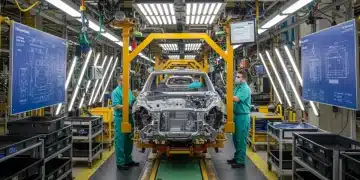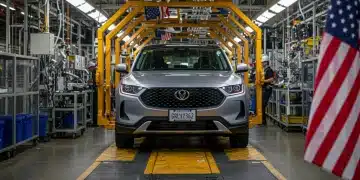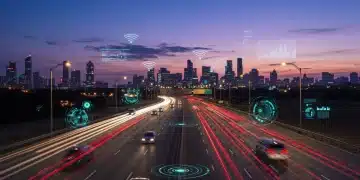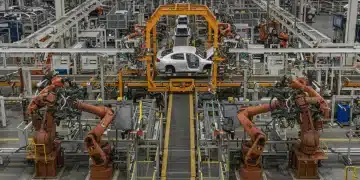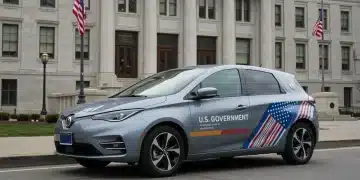New EPA Emissions Standards 2025: US Automakers’ Compliance
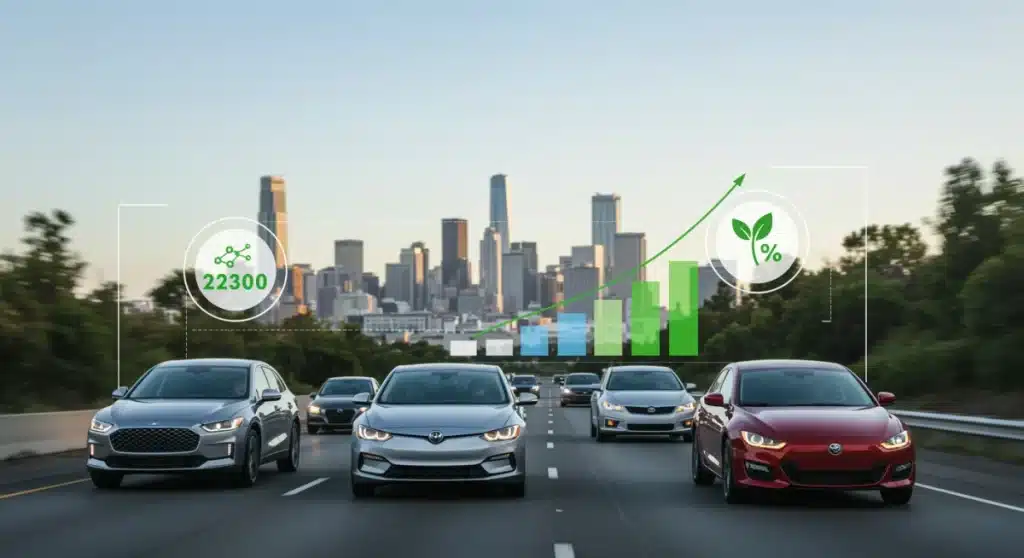
Latest developments on the new EPA Emissions Standards for 2025 reveal significant changes for US automakers, impacting vehicle production and technological innovation. This article outlines key requirements and industry adjustments now.
The New EPA Emissions Standards for 2025: What US Automakers Must Change (RECENT UPDATES) is shaping today’s agenda, with new details emerging from officials and industry sources. This update prioritizes what changed, why it matters, and what to watch next, presented in a clear news format.
Understanding the new EPA Emissions Standards for 2025
The United States Environmental Protection Agency (EPA) has unveiled stringent new emissions standards for model years 2027 through 2032, building upon the requirements set for 2025 and 2026. These regulations aim to significantly reduce greenhouse gas emissions from light-duty and medium-duty vehicles, pushing the automotive industry towards a more sustainable future. The primary goal is to accelerate the transition to electric vehicles (EVs) and advanced hybrid technologies, ultimately improving air quality and combating climate change.
These new standards are not merely an incremental adjustment; they represent a fundamental shift in regulatory approach, demanding substantial technological and strategic changes from US automakers. The EPA projects that these rules will avoid over 7 billion tons of CO2 emissions by 2055, offering substantial public health benefits and fuel cost savings for consumers. Automakers are now tasked with navigating a complex landscape of compliance, innovation, and market adaptation to meet these ambitious targets.
Key provisions and targets for US Automakers
The EPA’s final rule establishes a pathway for reducing average fleet-wide emissions, with specific targets for each model year. For light-duty vehicles, the standards aim for an average new vehicle greenhouse gas emission target of 82 grams per mile by model year 2032, representing a 49% reduction from the 2026 model year. Medium-duty vehicles face similar reductions, targeting 274 grams per mile by 2032, a 44% decrease.
These targets are designed to be technology-neutral, allowing automakers flexibility in how they achieve compliance. However, the EPA’s modeling indicates that a significant increase in EV adoption will be necessary. For light-duty vehicles, achieving these targets would likely require EVs to constitute 56% of new vehicle sales by 2032, alongside a 13% share for plug-in hybrids (PHEVs) and conventional hybrids. This indicates a strong governmental push towards electrification as the primary solution for emissions reduction.
Specific emission reduction targets
- Light-Duty Vehicles: 49% reduction in average fleet-wide greenhouse gas emissions by 2032 compared to 2026.
- Medium-Duty Vehicles: 44% reduction in average fleet-wide greenhouse gas emissions by 2032 compared to 2026.
- Projected EV Sales Share: Approximately 56% EVs, 13% PHEVs/hybrids for light-duty vehicles by 2032 to meet the targets.
The standards also include provisions for credits and flexibilities, such as those for advanced technology vehicles, to help ease the transition. Automakers can earn credits for exceeding the standards, which can then be used to offset deficiencies in other vehicle lines or sold to other manufacturers. This system is intended to foster innovation and provide a market-based mechanism for compliance.
Impact on vehicle production and technology
Meeting the new EPA Emissions Standards 2025 will necessitate a profound transformation in vehicle production and the underlying technologies. Automakers must invest heavily in research and development for electric powertrains, battery technology, and charging infrastructure. This shift is already underway, but the accelerated pace mandated by the EPA standards will require even greater commitment and capital allocation.
The production lines for internal combustion engine (ICE) vehicles will likely see a decline in investment, with resources redirected towards EV manufacturing. This includes retooling existing factories, training the workforce for new skill sets, and establishing new supply chains for critical EV components like batteries and rare earth minerals. The challenge extends beyond merely producing more EVs; it involves ensuring these vehicles are affordable, reliable, and meet consumer expectations.
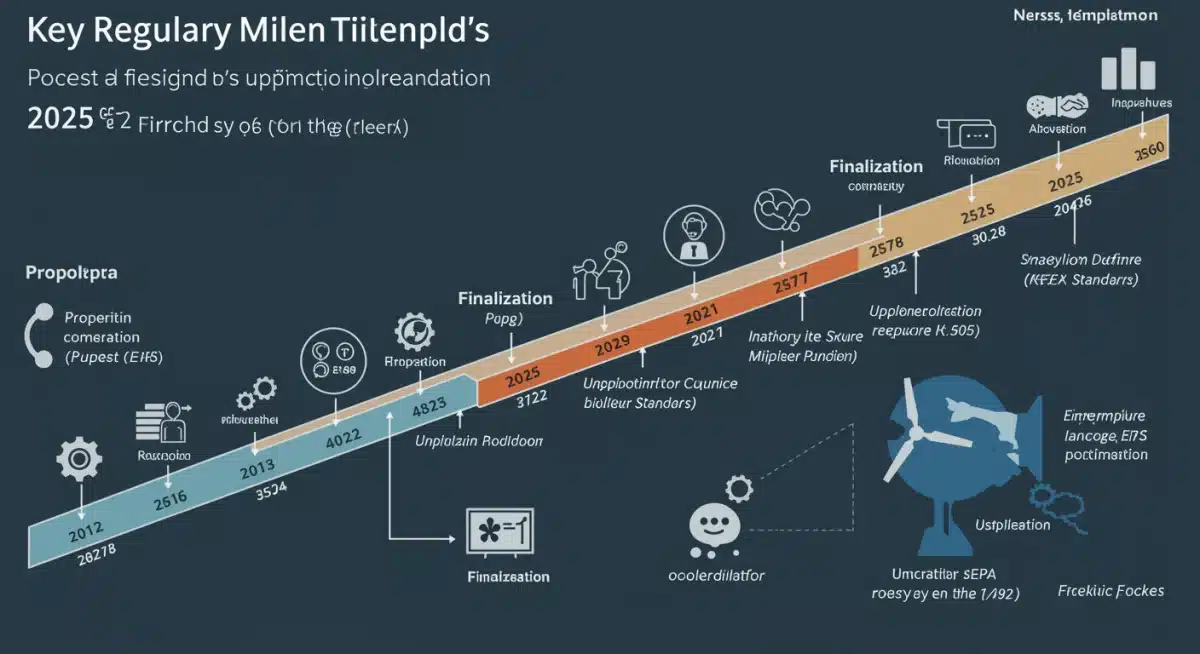
Moreover, the standards will drive innovation in conventional gasoline and hybrid vehicles. Automakers will continue to refine engine efficiency, introduce more advanced hybrid systems, and explore alternative fuels for segments where full electrification may be slower to adopt. The holistic approach aims to reduce emissions across the entire vehicle fleet, not just through EV penetration.
Challenges and opportunities for US Automakers
The implementation of these new EPA Emissions Standards 2025 presents both significant challenges and substantial opportunities for US automakers. On the challenge front, the capital expenditure required for the transition to EVs is immense. Companies must balance these investments with maintaining profitability and market share in a highly competitive global industry. Supply chain disruptions, particularly for battery components, also pose a considerable risk.
Another key challenge lies in consumer acceptance. While EV sales are growing, significant hurdles remain, including vehicle cost, range anxiety, and the availability of charging infrastructure. Automakers must work in conjunction with governments and utility providers to address these issues and ensure a smooth transition for consumers. The political landscape and potential changes in regulatory direction also add an element of uncertainty.
Opportunities for growth and innovation
- Market Leadership: Early adopters and innovators in EV technology can gain a competitive edge in a rapidly expanding global market.
- Job Creation: The shift to EV manufacturing can create new jobs in battery production, software development, and charging infrastructure.
- Technological Advancement: Increased R&D in sustainable transportation fosters innovation that can extend beyond just emissions reduction.
- Brand Reputation: Companies demonstrating strong commitment to environmental sustainability can enhance their brand image and appeal to environmentally conscious consumers.
Despite these challenges, the opportunities are equally compelling. Automakers that successfully navigate this transition can establish themselves as leaders in the future of mobility, tapping into new markets and consumer demographics. The push for electrification also stimulates innovation in battery technology, vehicle design, and digital services, potentially leading to new revenue streams and business models.
Government support and industry collaboration
Recognizing the scale of the transformation required, the US government has introduced various incentives and programs to support automakers and consumers in meeting the new EPA Emissions Standards 2025. These include tax credits for EV purchases, funding for charging infrastructure development, and grants for domestic battery manufacturing.
The Inflation Reduction Act (IRA), for example, provides significant incentives for clean vehicle production and consumer adoption, aiming to bolster the domestic supply chain and reduce reliance on foreign components. Such policies are critical in mitigating the financial burden on automakers and making EVs more accessible to the average consumer. This concerted effort from government and industry is essential for the successful achievement of the EPA’s ambitious goals.
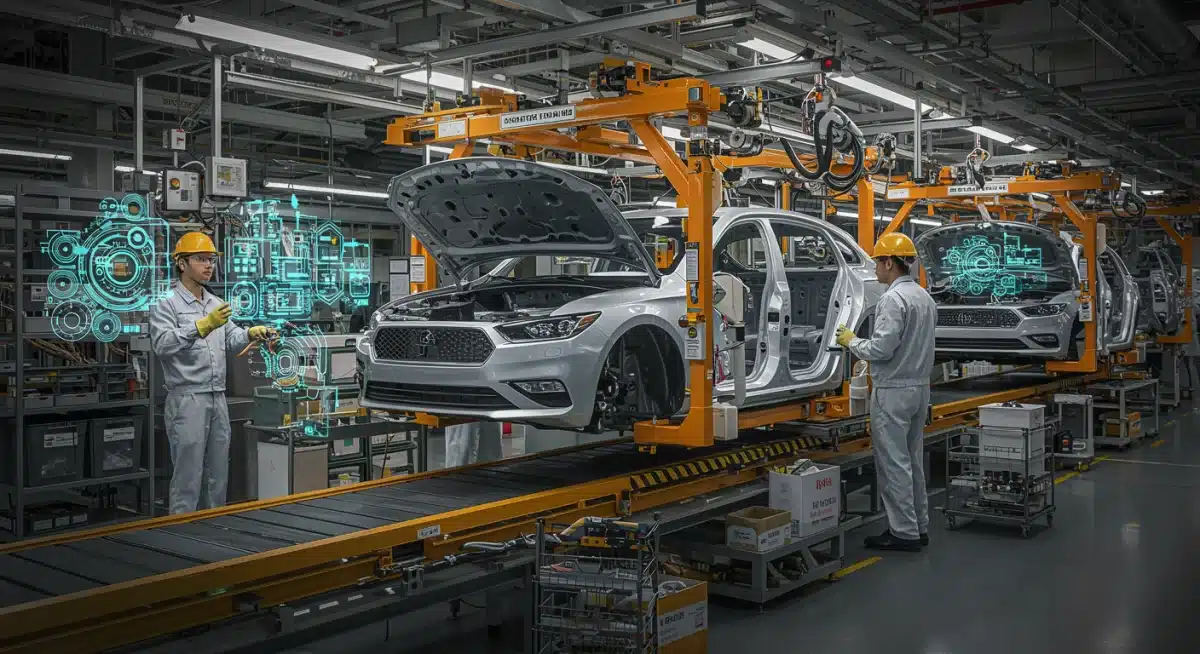
Furthermore, collaboration within the industry is becoming increasingly important. Automakers are forming partnerships to share technology, co-develop platforms, and invest in joint ventures for battery production. This collaborative approach can accelerate innovation, reduce individual company risks, and create economies of scale necessary to compete effectively in the evolving market.
The road ahead: compliance and future outlook
The road to full compliance with the EPA Emissions Standards 2025 and beyond will be dynamic and require continuous adaptation. Automakers will need to closely monitor technological advancements, market trends, and consumer preferences to adjust their strategies accordingly. The regulatory framework itself may also evolve, with potential adjustments based on feasibility and real-world outcomes.
For consumers, the new standards mean a wider array of electric and highly efficient vehicles, potentially leading to lower fuel costs and a cleaner environment. However, the initial cost of some advanced technology vehicles may remain a barrier for some, underscoring the importance of ongoing incentives and technological breakthroughs that drive down production costs.
The long-term outlook points to a significantly greener automotive landscape in the US, with a substantial reduction in tailpipe emissions and a robust domestic EV industry. The success of these standards will ultimately depend on the collective efforts of policymakers, automakers, and consumers working towards a shared vision of sustainable transportation. The changes required are fundamental, but the potential benefits for public health and the environment are immense, making these standards a pivotal moment for the US auto industry.
Key Aspect |
Brief Description |
|---|---|
Regulatory Scope |
New EPA rules for light-duty and medium-duty vehicles, model years 2027-2032. |
Emissions Targets |
Aim for 49% reduction in CO2 for light-duty, 44% for medium-duty by 2032. |
EV Adoption |
Projected 56% EV sales by 2032 for compliance, alongside hybrids. |
Industry Impact |
Requires significant investment in EV tech, retooling, and supply chain shifts. |
Frequently asked questions about EPA Emissions Standards
The primary goals are to significantly reduce greenhouse gas emissions from vehicles, improve air quality, and accelerate the transition to electric vehicles (EVs) and advanced hybrid technologies. These standards aim to combat climate change and save consumers money on fuel.
US automakers must invest heavily in EV research, development, and manufacturing. This includes retooling factories, training workforces, and securing new supply chains for EV components. It will drive innovation in both electric and traditional powertrains.
To meet the light-duty vehicle emission targets for 2032, the EPA projects that electric vehicles will need to constitute approximately 56% of new vehicle sales, with plug-in hybrids and conventional hybrids making up an additional 13%.
Yes, the US government offers various incentives, including tax credits for EV purchases, funding for charging infrastructure development, and grants for domestic battery manufacturing. The Inflation Reduction Act (IRA) provides significant support for clean vehicle production.
Long-term benefits include a significantly cleaner environment, reduced public health issues from air pollution, lower fuel costs for consumers, and a strengthened domestic EV industry. These standards are a critical step towards sustainable transportation.
What this means for the future of US automotive
The new EPA Emissions Standards 2025 signal a definitive shift towards electrification and sustainable practices within the US automotive industry. Automakers face a challenging yet transformative period, requiring strategic investments and rapid innovation. Consumers can anticipate more efficient and environmentally friendly vehicle options, while the broader impact will be felt in cleaner air and a reduced carbon footprint. The ongoing dialogue between industry, government, and consumers will be crucial as these regulations shape the future of transportation, ensuring a robust transition that benefits all stakeholders.
